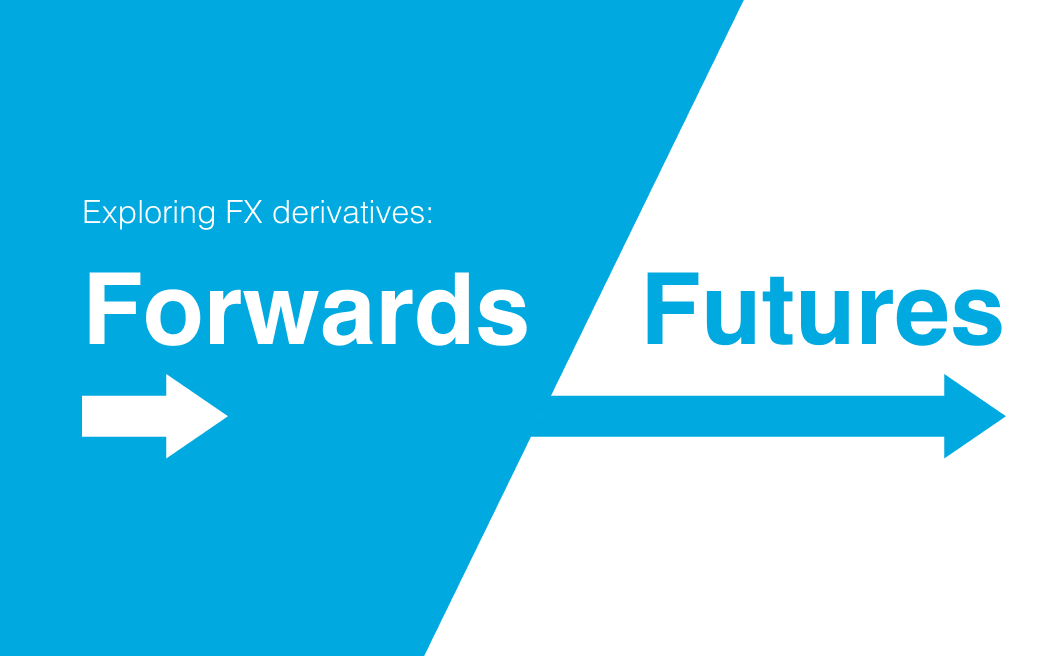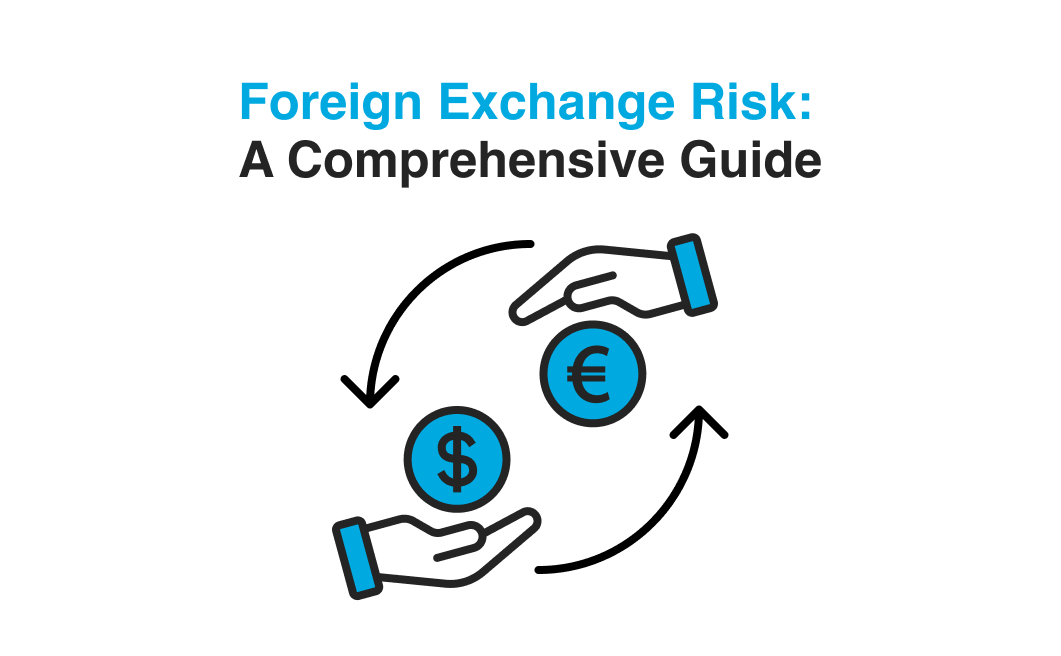Discover essential FX hedging strategies and currency management best practices from our foreign exchange experts.
Navigating Exchange Rates: Understanding Translation Risk
Companies operating in international business face different kinds of currency risk. One of those, translation risk, occurs from the accounting and consolidation need to convert financial statements of foreign operations from the local currencies to the home currencies. Any company that owns assets, liabilities, revenues, or expenses overseas is exposed to this risk.
What is translation risk?
Translation risk is the potential gain or loss that arises due to the impact of FX movements in foreign-denominated financial statements once converted to the firm’s main currency.
Indeed, the fluctuation of exchange rates between the subsidiary's local and reporting currency can affect the value of a firm's financials. The measurement of accounting exposure is retrospective in nature as it is based on activities that occurred in the past.
As an example, let's imagine a company called AZT, a US-based entity with a subsidiary in the Eurozone. At the start of the fiscal year, the USD is trading against the Euro (EUR) at an exchange rate of 1 USD to 0.85 EUR. Yet, as the year progresses, a wind of change blows, and the USD strengthens, now valued at 1 USD to 0.90 EUR.
The consequence? Translating the subsidiary's Euro-denominated assets and revenues into USD for consolidated financial statements yields higher conversion rates. This uptick leads to a desirable outcome: translation gains.
In reality, the value of the assets remains unchanged; however, converting their value offers a more transparent view of the company's holdings and its financial results for the quarter.
Difference between translation risk and transaction risk
While translation and transaction exposure may share some similarities, they are not interchangeable terms. Accounting exposure can have some elements of transaction exposure, such as foreign-currency-denominated accounts receivable and debts because they already appear in a firm’s balance sheet.
However, other obligations such as contracts for future sales or purchases, are not. Besides, items such as inventories and fixed assets are also excluded from transaction exposure.
As can be seen, these exposures cannot always be neatly separated but rather, they partially overlap.
The role of translation risk in FX management
Translation risk primarily affects multinational companies with subsidiaries, branches, or operations in countries using different currencies. Since investors and financial analysts in the home country are focused on the value of the domestic currency, the balance sheet figures in foreign currency need to be converted to the home currency.
Converting currencies can create discrepancies in consolidated earnings if exchange rates shift during the interim.
Consider this: An American firm's Austrian branch buys a building for €100,000 on September 1, 2019. The exchange rate then is €1 = $1.20, making the building's dollar value $120,000.
When the firm consolidates its foreign assets into dollars on March 31, 2020, the exchange rate is €1 = $1.15. Now, the building's value drops to $115,000.
However, it also impacts firms that transact in foreign-denominated currencies, even if it has no physical operations in that country.
Investors often embrace this risk as it suggests the potential for earnings in multiple currencies on a vast and varied scale. Besides, translation risk can impact the income statement, balance sheet, and cash flow statements. These statements underpin the ratios determining credit ratings, loan agreements, core credit metrics, and stock prices.
In fact, mere currency fluctuations could lead a company to experience a credit rating downgrade.
Nevertheless, investors are more focused on the impact that FX can have on the firm’s real future cash-flow, instead of the “paper only” accounting exposure.
Mitigating the risk with financial instruments
A firm might decide that it will focus on protecting the value of foreign-currency-denominated assets and liabilities from changes in exchange rates. To reach its hedging objectives, it has two options: entering into forward contracts and exposure netting. Let’s analyse both and understand what are the advantages of each.
Forward Contracts:
Forward contracts can reduce a firm’s translation exposure by creating an offsetting asset or liability in the foreign currency. Imagine a company in France that has a translation exposure of 10 million Euros. It can eliminate its entire translation exposure by selling 10 million Euros forward.
Any loss or gain on its translation exposure will then be offset by a corresponding gain or loss on its forward contract. It's important to note that the gain or loss on the forward contract is of a cash-flow nature while is netted against an unrealised translation loss.
Given that translation and transaction risk are not synonymous, reducing the former could cause an increase in the latter.
Exposure Netting:
Exposure netting is an additional exchange management technique that is available to multinational firms with positions in more than one foreign currency or with offsetting positions in the same currency.
This technique involves offsetting positions in one currency with exposures in the same or another currency such as gains and losses on the two currency positions will offset each other.
Let's consider a manufacturing company based in the United States that imports and exports goods to Europe.
- Accounts Receivable in EUR: the firm. is owed EUR 100,000 by European customers for goods it has already shipped to them.
- Accounts Payable in EUR: At the same time, the firm has a EUR 80,000 debt to European suppliers for raw materials it purchased.
By using exposure netting, XYZ Corp. has reduced its currency exposure. If the Euro were to strengthen or weaken against the US dollar (USD), the impact on their financial position is now limited to EUR 20,000.
Translation risk is an inevitable facet of doing business on a global scale, affecting everything from balance sheets to credit ratings. It is characterised by having an accounting nature, meaning all potential gains or losses do not involve cash flows.
Financial instruments like forward contracts offer a viable means to hedge against these risks, albeit with trade-offs. Ultimately, understanding and mitigating translation risk is crucial for multinational corporations aiming to present a transparent financial picture to investors and stakeholders.











